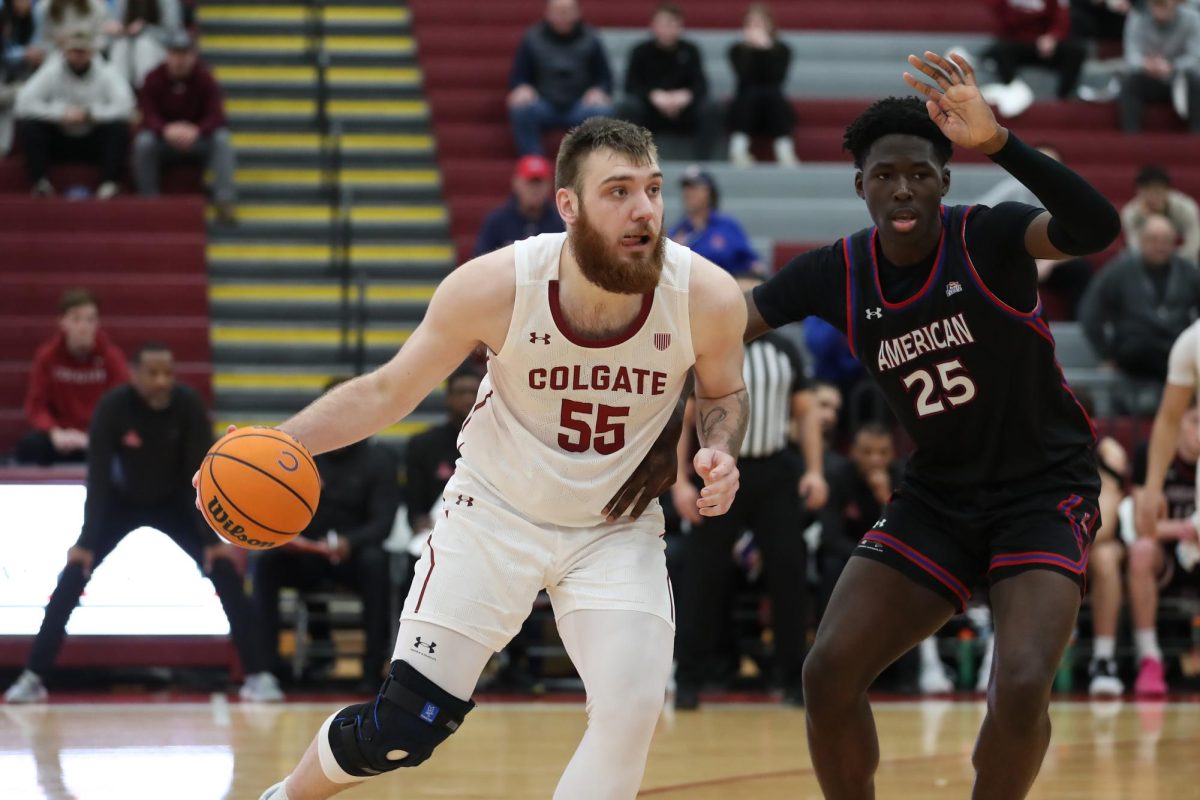The Division of Social Sciences hosted a brown bag presentation given by Assistant Professor of Economics Matthew Makofske on Thursday, Feb. 6. Makofske presented his research on racial disparities in the use of “pretextual traffic stops.”
Makofske’s study was conducted on publicly accessible citation data provided by the Louisville Metro Police Department (LMPD). He began by defining pretextual traffic stops.
“A traffic stop for a moving violation is pretextual if it’s motivated by suspicion of some crime unrelated to traffic safety. The violation is a pretext to what would otherwise be seen as an investigatory traffic stop,” Makofske said.
In the United States, police are permitted to conduct investigatory stops if they have reasonable suspicion of a crime. This requires specific and articulable facts that indicate that the driver or a passenger has committed a crime, is committing a crime or is about to commit a crime. Makofske offered an example of reasonable versus unreasonable suspicion.
“If a car closely matches the description of one that has been reported as stolen, that’s reasonable suspicion,” Makofske said. “What you can’t do is stop somebody because there is a lot of drug trafficking that happens on the block. Essentially, you can’t stop people on hunches.”
In cases where there isn’t reasonable suspicion, police may wait for a potential suspect to commit a minor traffic violation before conducting a traffic stop and investigating what they are actually interested in.
Makofske contextualized his research with the 1996 Supreme Court case Whren v. United States, where the Court unanimously found that pretextual traffic stops do not violate the Fourth Amendment’s protection against unreasonable searches and seizures. Makofske explained how this led him to change his research strategy to look at arrest rate trends specific to particular violations.
“If pretextual stops are frequent enough relative to the rate at which officers choose to stop and cite whatever the particular citation is in conventional stops, then we should observe an arrest rate that is particularly high on a particular violation,” Makofske said.
Using the LMPD’s publicly available citation data, Makofske analyzed trends in the arrest rate associated with various minor infractions. He concluded from the data that arrest rates are significantly higher with failure-to-signal than any other minor traffic infraction. Arrest rates range from one percent to nine percent in stops citing other common moving violations; stops citing failure-to-signal yield an arrest rate of 42%.
Backed by these findings, Makofske concluded that there was a significant racial disparity in the usage of pretextual stops using two factors. First, the observed disparity in which fewer non-Black motorists were subject to pretextual stops compared to their Black counterparts significantly decreased at night, when it is ostensibly more difficult to see into a motorist’s car and observe their race. Second, following the Whren decision, legal scholars generally found consensus regarding the fact that the Court’s decision would likely disproportionately affect Black motorists.
After presenting his research, Makofske explained a significant departmental prohibition in May 2019 that forbade officers from using a subject’s nervousness as a cause for a vehicular search. He found that, following this prohibition, there was a 58 percent relative decrease in the frequency of likely pretextual stops.
Makofske’s research not only shed light on the practice of pretextual stops themselves, but also the impact and efficacy of policing tactics that clearly promote racial disparities. His findings inspired faculty members to reflect on the broader implications of racial disparities in policing. Division of Social Sciences Director and Charles A. Dana Professor of History Robert Nemes shared what he found to be particularly important about the presentation.
“I was really impressed that he was able to use publicly available data to really tell us something new about racial profiling and how that works in a day-to-day application,” Nemes said. “I guess what I’m still thinking about is why failure to signal is the smoking gun that police try to turn into more arrests.”
Department of Economics Chair and W. Bradford Wiley Professor of International Economics Nicole Simpson similarly shared her thoughts on Makofske’s findings.
“The topic of how police decide whom to stop and what biases they bring into those stops is really interesting,” Simpson said. “The finding that basic infractions like failure to signal are often used for pretextual stops is significant. A key policy takeaway is that when police departments become more transparent about their reasons for stopping people, it has been effective in reducing pretextual stops by race.”














